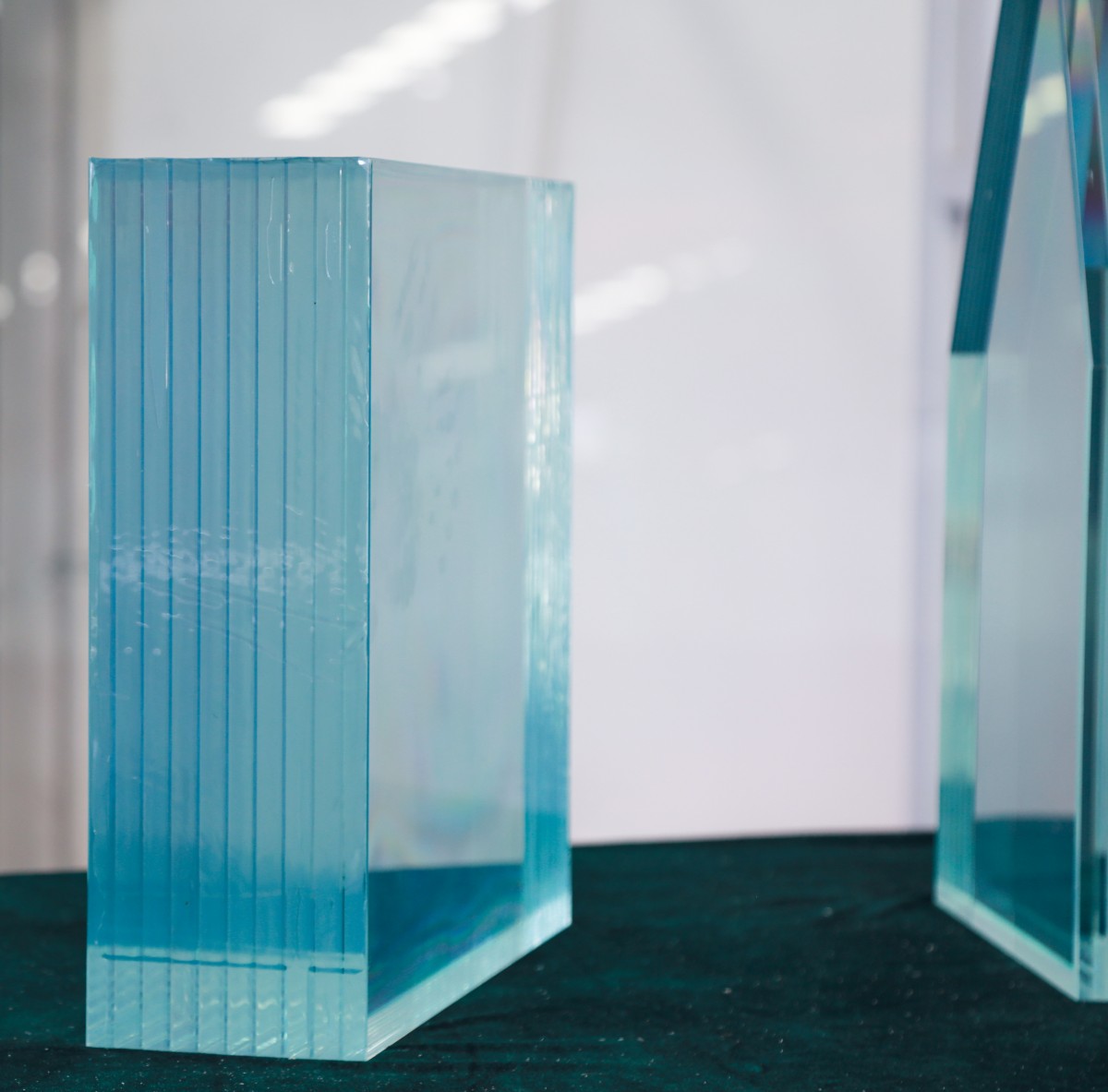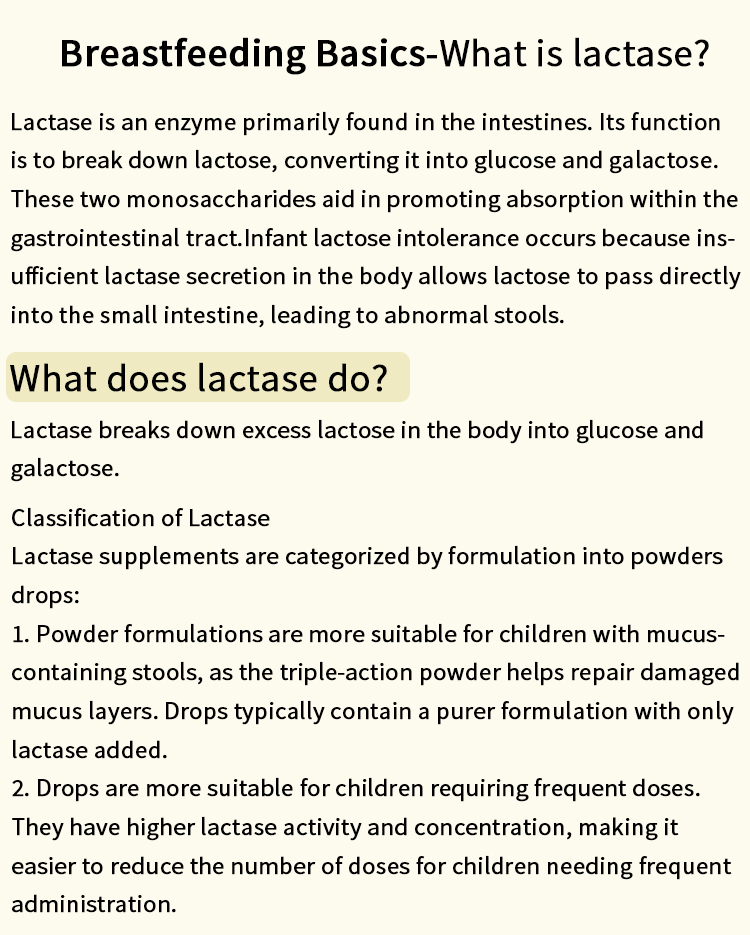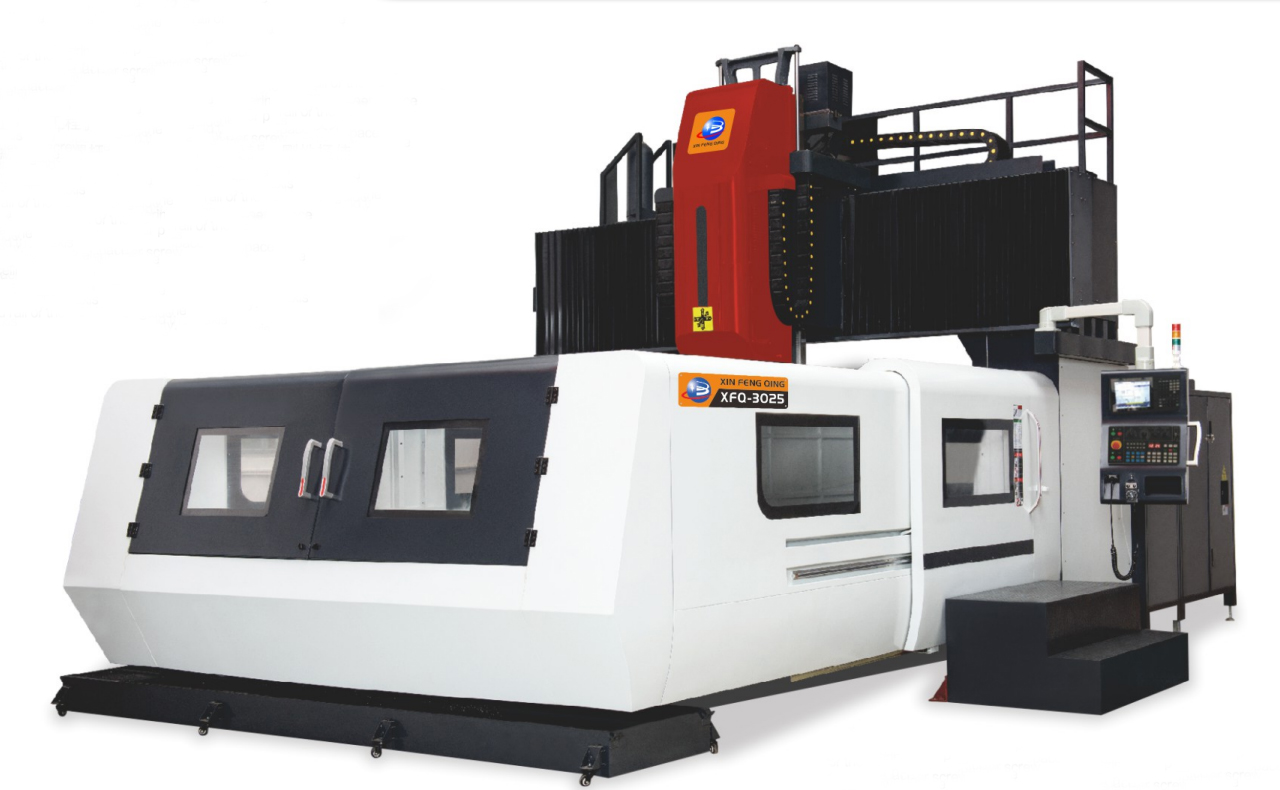When it comes to constructing energy-efficient buildings, the importance of proper insulation cannot be overstated. Concrete slabs, often used as foundational elements in residential and commercial structures, present unique challenges and opportunities for thermal insulation. In this article, we will explore the best insulation options for concrete slabs, considering factors such as thermal performance, moisture resistance, installation methods, and cost-effectiveness.
Understanding the Importance of Insulation for Concrete Slabs
Concrete is a highly conductive material, which means it can transfer heat rapidly. Without adequate insulation, concrete slabs can lead to significant heat loss in winter and heat gain in summer, resulting in increased energy consumption for heating and cooling systems. Proper insulation not only enhances energy efficiency but also improves indoor comfort and reduces the risk of moisture-related issues, such as mold growth and structural damage.
Types of Insulation for Concrete Slabs
When selecting insulation for concrete slabs, several materials are commonly used, each with its own advantages and disadvantages. Here are some of the most effective options:
- Extruded Polystyrene (XPS)
Extruded polystyrene (XPS) is a popular choice for insulating concrete slabs due to its excellent thermal resistance and moisture resistance. XPS boards are rigid and can withstand heavy loads, making them suitable for both residential and commercial applications. With an R-value of approximately 5 per inch, XPS provides effective insulation, helping to minimize heat transfer.
Advantages:
- High compressive strength
- Low water absorption
- Good thermal performance
Disadvantages:
- Higher cost compared to other insulation materials
- Environmental concerns regarding production and disposal
- Expanded Polystyrene (EPS)
Expanded polystyrene (EPS) is another effective insulation material for concrete slabs. It is lightweight, cost-effective, and offers decent thermal performance with an R-value of around 3.6 to 4.2 per inch. EPS is also resistant to moisture, making it suitable for below-grade applications.
Advantages:
- Cost-effective
- Lightweight and easy to handle
- Good moisture resistance
Disadvantages:
- Lower compressive strength compared to XPS
- Less effective in extreme temperature conditions
- Polyurethane Foam
Polyurethane foam insulation is known for its high R-value, typically ranging from 6 to 7 per inch. This makes it one of the most effective insulation materials available. Spray foam insulation can be applied directly to the concrete slab, creating an airtight seal that minimizes air leaks and enhances thermal performance.
Advantages:
- Superior thermal performance
- Air sealing properties
- Reduces the risk of moisture infiltration
Disadvantages:
- Higher installation costs
- Requires professional installation
- Mineral Wool (Rock Wool)
Mineral wool, or rock wool, is a non-combustible insulation material that offers good thermal performance and soundproofing capabilities. While it is less commonly used for concrete slabs compared to foam options, it can be effective in specific applications, particularly in areas where fire resistance is a priority.
Advantages:
- Fire-resistant
- Excellent sound insulation
- Moisture-resistant
Disadvantages:
- Heavier and more difficult to handle
- Lower R-value compared to foam options
Installation Considerations
The installation method is crucial for maximizing the effectiveness of insulation for concrete slabs. Here are some key considerations:
- Placement: Insulation can be placed either beneath the concrete slab (sub-slab insulation) or on top of the slab (over-slab insulation). Sub-slab insulation is typically more effective for minimizing heat loss.
- Vapor Barriers: Installing a vapor barrier beneath the insulation is essential to prevent moisture from penetrating the concrete slab, which can lead to mold growth and structural damage.
- Sealing Gaps: Ensure that all seams and gaps in the insulation are properly sealed to prevent air leaks, which can significantly reduce the overall effectiveness of the insulation.
Cost-Effectiveness and Long-Term Benefits
While the initial cost of high-quality insulation materials may be higher, the long-term energy savings and improved comfort levels can offset these expenses. Investing in the right insulation for concrete slabs can lead to lower utility bills, reduced environmental impact, and increased property value.
Conclusion
Choosing the best insulation for concrete slabs is a critical decision that impacts energy efficiency, comfort, and durability. By considering the various insulation options available, their advantages and disadvantages, and the specific needs of your project, you can make an informed choice that will provide lasting benefits. Whether you opt for extruded polystyrene, expanded polystyrene, polyurethane foam, or mineral wool, ensuring proper installation and moisture management will be key to achieving optimal thermal performance.





+ There are no comments
Add yours